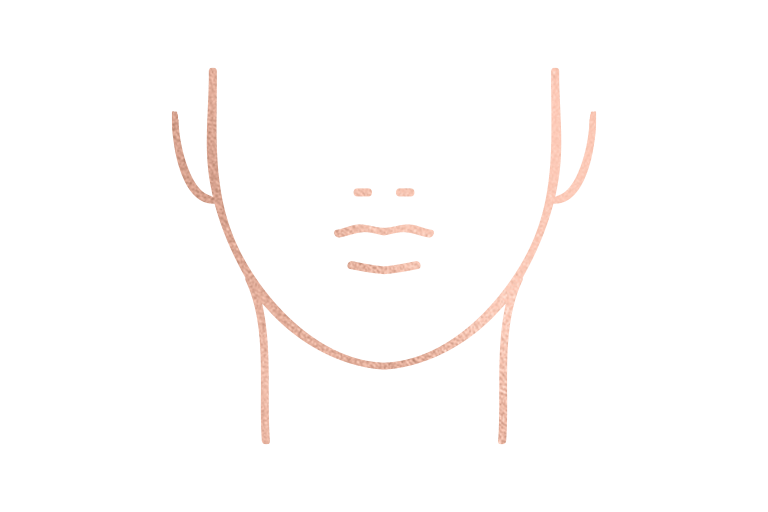No products in the cart.

It’s important to remember that every individual is unique and so too are their needs and desired outcomes for cosmetic surgery. If you’re considering a procedure, it’s essential to have a comprehensive consultation with one of our experienced surgeons. They can help you understand whether you’re a suitable candidate and what you can realistically expect from the surgery. The information provided here is meant to help guide you, but it’s not a replacement for professional medical advice. Always organise a consultation for personalised advice.
If you are concerned about the way you look or are thinking about cosmetic surgery for confidence reasons, there are alternatives. Talking to a counsellor or psychologist may help you overcome your concerns about your appearance.
Photographs shown above are actual patients from our clinic, who have given their consent for the use of their images purely for informational purposes. It is important to note that the results observed are subjective, and will differ based on each individual’s unique characteristics and the specific surgical or non-surgical techniques implemented. As with all procedures, both surgical and non-surgical, there are inherent risks involved.
Despite our efforts to maintain standardisation in our before and after photos, certain inconsistencies, such as differences in lighting, posture, facial expression, hairstyle, and make-up, may still exist between images. For a more comprehensive understanding of potential results, additional surgical result photographs can be viewed during a private consultation at our clinic located in Double Bay, NSW.
Additionally, we wish to emphasise that individual outcomes can greatly differ. The results experienced by one person should not be viewed as an exact indication of the results that others may experience. Such variations are due to a multitude of factors, including an individual’s genetics, diet, and exercise regimen.
All photos are watermarked and hold the copyright of Dr Zacharia. Any unauthorised usage or distribution is strictly prohibited.
Number and type of consultation
It is a requirement under the law, that a patient seeking cosmetic surgery must have at least two pre-operative consultations. The patient’s first consultation must be with the medical practitioner who will perform the surgery or another registered health practitioner who works with the medical practitioner who will perform the surgery (not a patient advisor or an agent). At least one of the two consultations must be in person with the medical practitioner who will perform the surgery. Other consultations can be in person or by video.
When consent can be given
A patient must not be requested to sign consent forms at their first consultation and cannot consent to cosmetic surgery until they have had an in-person consultation with the medical practitioner who will perform the surgery. The decision to have the surgery (provision of informed consent) must be made at a consultation with the medical practitioner who will perform the procedure (in person or by video).
Cooling-off Period
There must be a cooling-off period of at least seven days after the patient has had two consultations and given informed consent (signed consent forms), before the surgery can be booked or a deposit paid.


While we aim to provide accurate information about the different surgical procedures available, it’s important to understand that the content provided here serves as a general guide only. The specifics of each surgery, including the procedure detailed above, can and will vary significantly from person to person, depending on their unique circumstances and physical characteristics.
Undergoing cosmetic surgery is a serious decision that requires ample thought, careful consideration, and meticulous planning. It should never be taken lightly or treated trivially, as it can have profound impacts on one’s lifestyle and wellbeing.
Recovery from cosmetic surgery, too, requires time, support, and proper aftercare. We strive to present realistic and transparent information about the recovery process, but individual experiences may vary. It is typical for recovery to involve certain services or requirements, such as the use of compression garments or receiving therapeutic massages. It also often necessitates significant lifestyle changes, which may include a period of absence from employment and temporary restrictions on certain activities.
In light of these considerations, we strongly encourage potential patients to engage in comprehensive discussions with their GP and our surgeons. The goal is to fully understand the implications, requirements, and likely outcomes of any chosen procedure, and to make informed decisions about their health and aesthetics.
For more information on preparing for cosmetic surgery visit health.gov.au/cosmeticsurgery